Entry Category: Counties, Cities, and Towns - Starting with L
 Lonoke County Museum
Lonoke County Museum
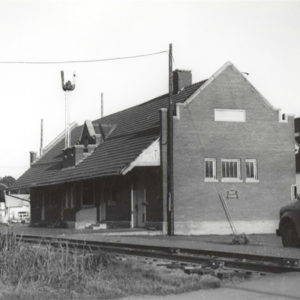 Lonoke Depot
Lonoke Depot
 Lonoke Rice
Lonoke Rice
 Lonoke Road Construction
Lonoke Road Construction
 Lonoke Street Scene
Lonoke Street Scene
 Lonoke Street Scene
Lonoke Street Scene
Lonsdale (Garland County)
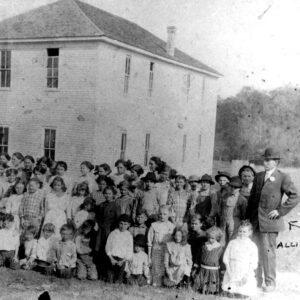 Lonsdale School
Lonsdale School
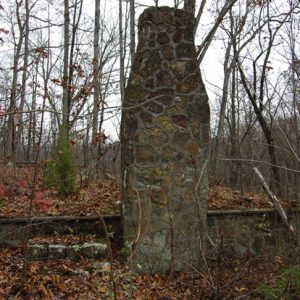 Lost Corner
Lost Corner
Lost Corner (Pope County)
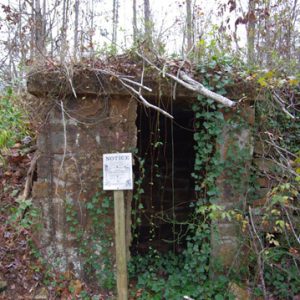 Lost Corner Cellar
Lost Corner Cellar
Lost Prairie (Miller County)
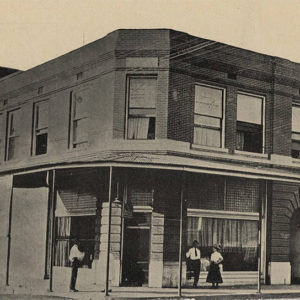 Lott Building
Lott Building
Louann (Ouachita County)
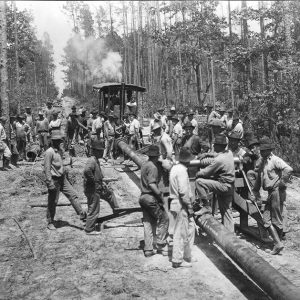 Louann Pipeline
Louann Pipeline
Lovely County
 Lovely County Article
Lovely County Article
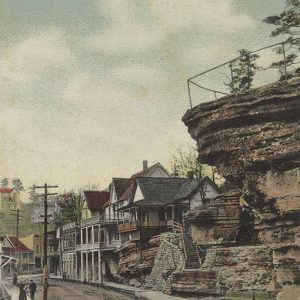 Lover's Leap
Lover's Leap
Lowell (Benton County)
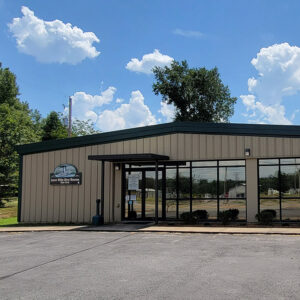 Lower White River Museum State Park
Lower White River Museum State Park
 Lower White River Museum State Park Display
Lower White River Museum State Park Display
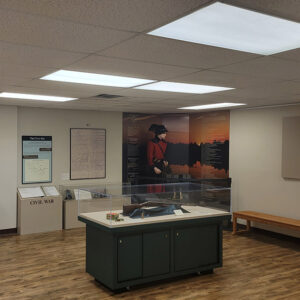 Lower White River Museum State Park Display
Lower White River Museum State Park Display
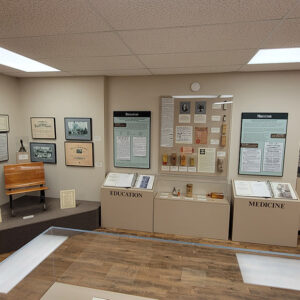 Lower White River Museum State Park Display
Lower White River Museum State Park Display
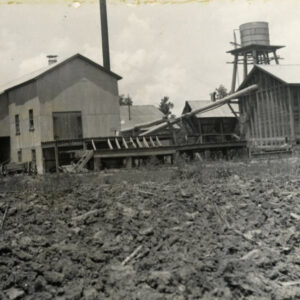 Lucerne Gin
Lucerne Gin
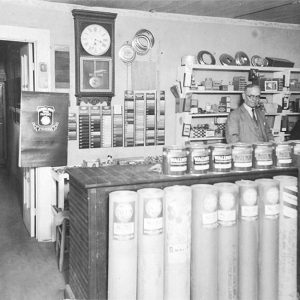 Lumber Company
Lumber Company
Lunenburg (Izard County)
Luxora (Mississippi County)
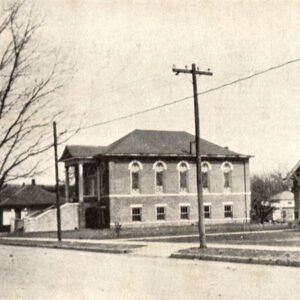 Luxora Church
Luxora Church
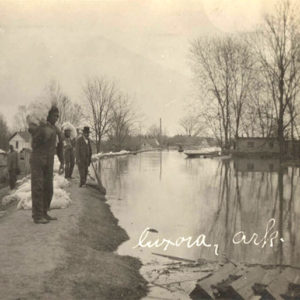 Luxora Flood
Luxora Flood




